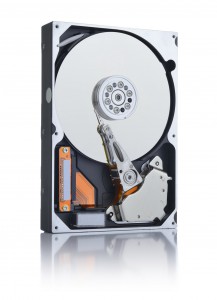 Angie from Neenah asks, “They say you need to eject your USB flash drive before removing it from the computer, and my computer scolds me when I don’t. Do I really have to eject first, or will it cause problems?”
Angie from Neenah asks, “They say you need to eject your USB flash drive before removing it from the computer, and my computer scolds me when I don’t. Do I really have to eject first, or will it cause problems?”
If you believe in “better safe than sorry,” you’ll eject your USB drives before pulling that plug. While different devices and different operating systems will produce different results, it’s typically not that difficult to eject a disk beforehand, so why not get in that habit for safety’s sake? [Read more…]
 Tom from Appleton asks, “Why doesn’t my new hard drive show the full amount of space?”
Tom from Appleton asks, “Why doesn’t my new hard drive show the full amount of space?”